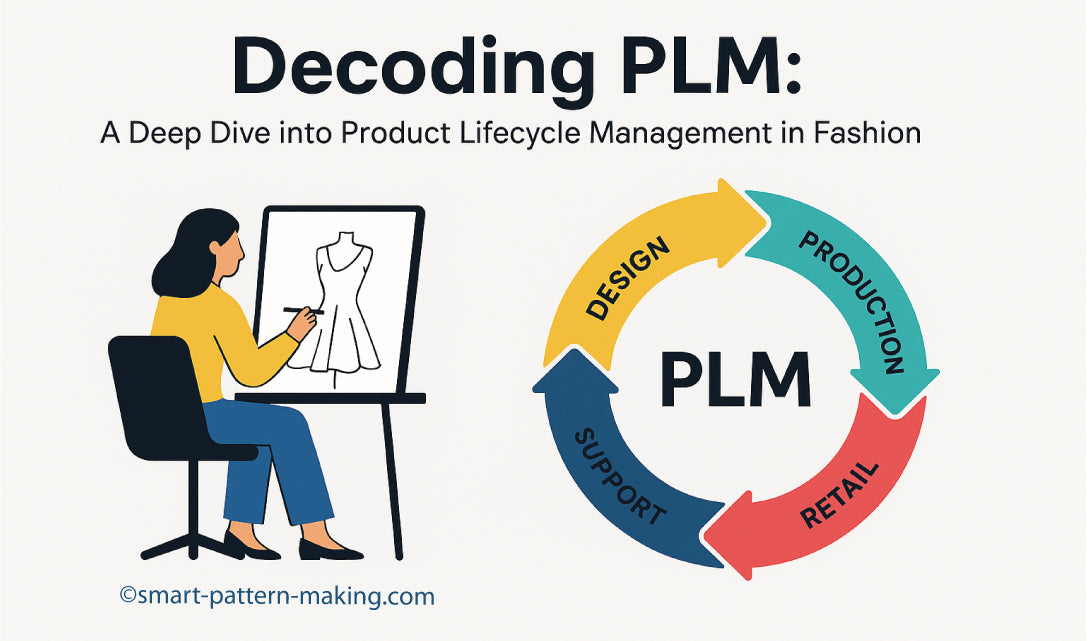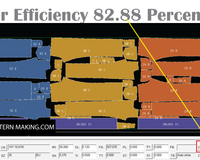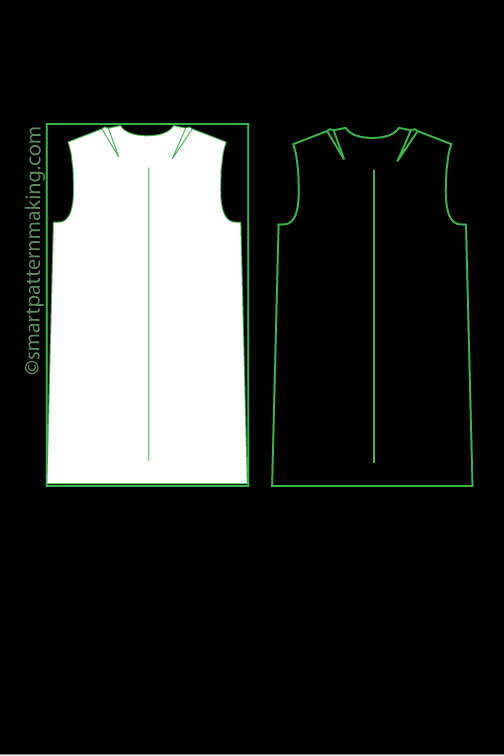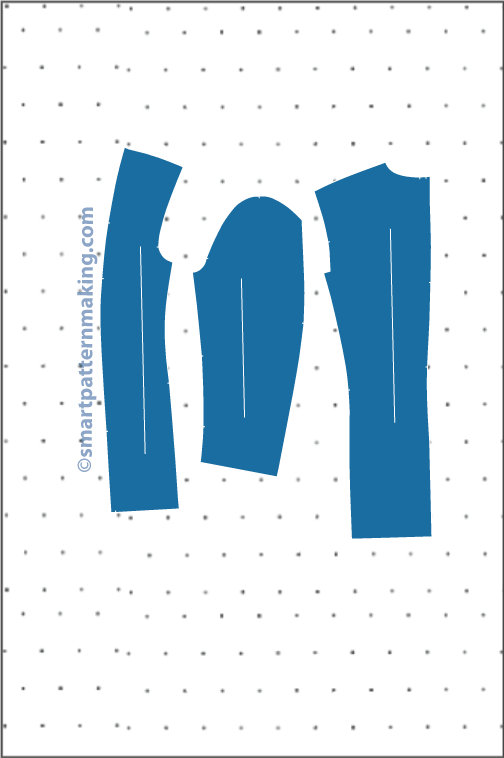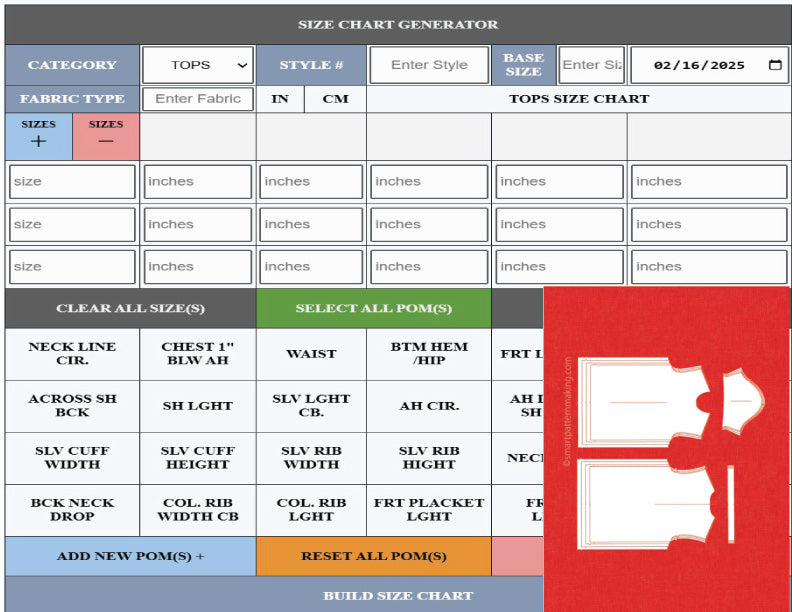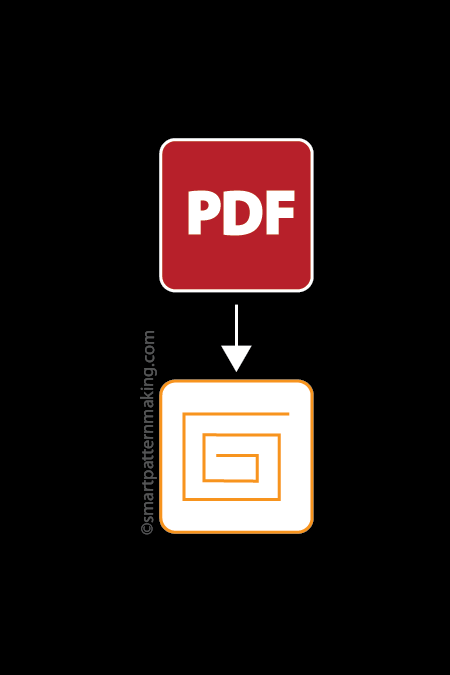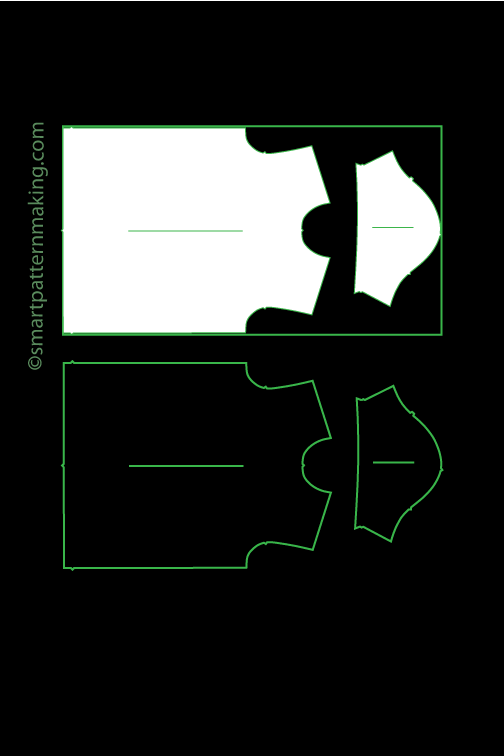Introduction: Why PLM Matters for Fashion
In the fast-paced fashion industry, Product Lifecycle Management (PLM) is a game-changer. PLM helps fashion companies manage a product's journey—from design to retirement—ensuring efficiency, reducing errors, and driving profitability.
With PLM, fashion brands can:
- Speed up product development cycles
- Improve collaboration across teams
- Enhance product quality
- Ensure sustainability
What is Product Lifecycle Management (PLM)?
PLM is the process of managing every stage of a product’s life cycle. From initial concept and design, through manufacturing, marketing, and to its eventual retirement, PLM ensures that all teams involved in product creation and management have access to up-to-date data.
Key elements of PLM include:
- Centralized Data Management: All product data is stored in a single system for easy access and updates.
- Seamless Collaboration: Design, production, marketing, and sales teams collaborate in real-time.
- Automation: Reduces manual work and speeds up time-to-market by automating approvals, changes, and updates.
- Real-Time Reporting: Tracks the product’s progress and gives actionable insights for better decision-making.

Stages of PLM in Fashion
Here’s a quick look at how a product moves through different stages in its lifecycle:
| Stage | Key Focus | PLM Role |
|---|---|---|
| Concept & Design | Idea generation, market research, material selection | Manages design data, stores files, tracks iterations |
| Development & Prototyping | Creating prototypes, testing designs | Tracks technical specifications, monitors revisions |
| Production | Sourcing raw materials, manufacturing | Integrates supply chain management, ensures smooth production |
| Sales & Marketing | Launching the product, promotions | Ensures marketing teams have updated product details |
| Support & Post-Sales | Customer service, repairs, feedback | Tracks product performance, provides insights for improvement |
| Retirement | Phasing out, recycling or repurposing | Helps with product end-of-life decisions |

History of Product Lifecycle Management
PLM has evolved significantly over time. It began as a concept in manufacturing and has now expanded to various industries, including fashion.
Key milestones in the history of PLM:
- 1930s-1950s: The concept of product life stages, from introduction to decline, was introduced.
- 1985: American Motors Corporation (AMC) became one of the first to implement modern PLM, streamlining its product development processes with computer-aided design (CAD) and centralized data systems.
- 1990s: Chrysler expanded PLM systems throughout their enterprise, enhancing product development speed and cost-effectiveness.
- 2000s–Present: With the rise of cloud computing, PLM systems have become more sophisticated, enabling real-time collaboration and global scalability.

Benefits of PLM in Fashion
Adopting PLM in fashion provides significant benefits, both operationally and strategically. Here’s how:
Faster Time-to-Market
- PLM accelerates the design and production process by automating workflows and centralizing communication.
- With real-time updates and faster approval cycles, fashion brands can launch products in less time.
Cost Reduction
- PLM minimizes errors and redundancies by tracking materials and design changes efficiently.
- By integrating with supply chain management, PLM helps reduce production costs and optimize resource usage.
Enhanced Product Quality
- Quality control is streamlined by centralizing product data and providing checkpoints throughout the design and manufacturing stages.
- PLM ensures that products meet required standards and customer expectations.
Better Collaboration
- With real-time access to data, design, production, and marketing teams can collaborate seamlessly, improving decision-making.
- PLM fosters a more collaborative culture by integrating teams and streamlining feedback loops.

The Future of PLM in Fashion
As technology continues to evolve, the future of PLM looks bright. Several trends are shaping its growth:
AI and Machine Learning
- Predictive analytics and smart algorithms will enhance the decision-making process in product development, improving demand forecasting and trend analysis.
Cloud-Based PLM
- The shift to cloud-based PLM systems allows teams to collaborate in real-time, regardless of geographic location. It also provides better scalability and flexibility.
Sustainability
- As sustainability becomes a top priority, PLM systems will include tools for tracking and managing the environmental impact of products, from raw material sourcing to product disposal.

Conclusion
Product Lifecycle Management (PLM) is a vital tool for fashion brands that want to streamline their product development process, improve collaboration, and maintain high-quality standards. By centralizing data, automating workflows, and enhancing communication across departments, PLM helps fashion brands bring products to market faster and more efficiently.
As the industry evolves, PLM will continue to be a driving force behind innovation, cost savings, and sustainability in the fashion sector.

